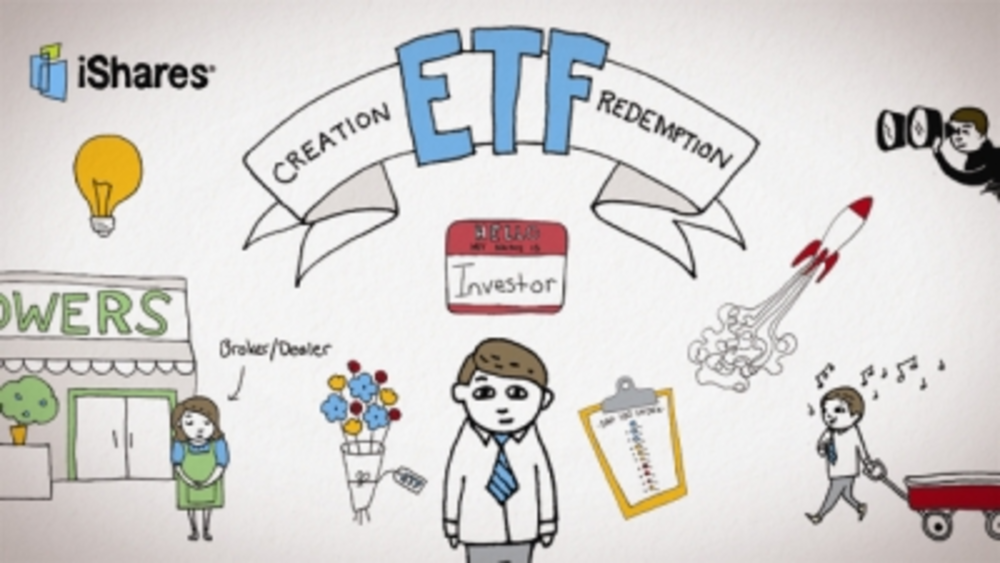Good morning class. Time for a pop quiz. These news items recently caught our attention: P&G shifting money from marketing to social media, and GM walking away from advertising on Facebook.
Question: Are these events contradictory or complimentary? Discuss.
Ok, pencils down. The answer, class, is that they are complimentary. If you answered otherwise please go back and review the last 15 years of digital evolution. If you got the answer correct, then what are you doing about it?
Please understand that the story here isn’t the demise of advertising. Rather it’s the rise of content. While GM may be cutting the $10 million it spends on Facebook ads, it has no inclination to cut the $30 million it spends annually to create content for Facebook. That’s because unlike the advertising, the content is delivering results.
Across the digital world marketers are learning the same lesson: Advertising, and more significantly the marketing funnel as we’ve known it, is becoming an ineffective tool for influencing how consumers move to purchase. Consumers are no longer willing to be shoved down the path to purchase, like meat being pushed through a grinder.
This isn’t just a change in tools; it’s part of the fundamental shift in how the consumer economy works. We are now well into the digital age with technology providing the infrastructure of this new economy. But we’ve quickly evolved past the time when the novelty of the infrastructure was enough to motivate us.
Now it’s all about what goes in and on these digital channels: the messaging, the programming, the content. You’re either producing it, curating it, consuming it, or just not getting it.
Think about how people go about making major purchases today versus in, say, 1992. It used to be that the brands under consideration were decided in the consumer’s mind early on, pretty much dictated by advertising and word-of-mouth recommendations from a handful of family and friends. From there consumers evaluated and narrowed their choices prompted by advertising that reinforced analytical or emotional messages. Throw in a timely promotion here or there and we had fairly predictable consumer behavior.
The digital consumer has turned that process upside down. Close friends, family and marketing still play a role, but typically they’re only influential early on. From that point on the experience is best described as a complex dance of digital influences during which some brands are winnowed, while others are added to the mix. Instead of a simple funnel we’re faced with something more like a spiraling cyclone with a debris field extending in all directions. A bit more challenging than the old funnel.
Think about the shopping experience that Amazon.com introduced. You may know what you’re looking for, but as soon as you arrive at a specific product page, Amazon offers you a list of alternatives considered by others who shopped for that product before you. What’s more, Amazon encourages you and other shoppers to create your own content and reviews related to the product. Does anyone buy goods and services without looking for consumer reviews now?
Across the digital landscape people expect to be engaged, not interrupted. If you want the consumer to listen to your pitch you better entertain them, educate them, provide utility to enrich their lives or generally bring them something of value. We call this content, and in our brave new world content is the coin of the realm.
Which brings me back to the GM story. Here is GM, cutting ads because investing in content for social channels gets better results. Actually what the company is doing is shifting money from the medium to the message, or from buying ads to investing in the power of stories. That’s because the spiraling cyclone of consumer-to-consumer touch points we call social media, is actually a better way to influence brand preference than advertising.
The key, of course, is delivering the right content at the right time to the right person. No matter what industry you are in, there is content you can make that will engage your audience and build preference for your brand.
example of how to make content about even the most complicated stuff:
The problem is that social communities are hungry mouths that consume all the content you can throw at them and always want more, which means the only way to stay at the center of the social conversation is to keep a stream of fresh, compelling content coming … all the time.
It’s a bigger commitment to content creation than most brands are used to. Making a TV commercial once a year is one thing, but now you need a content factory. That’s a stretch for most organizations, but there really isn’t any way around it. If you want your brand to be where the action is you need lots of compelling content. So like GM, it’s time to get wise, get focused and jump on the content bandwagon.
Todd Copilevitz is a digital strategist at IQ.








